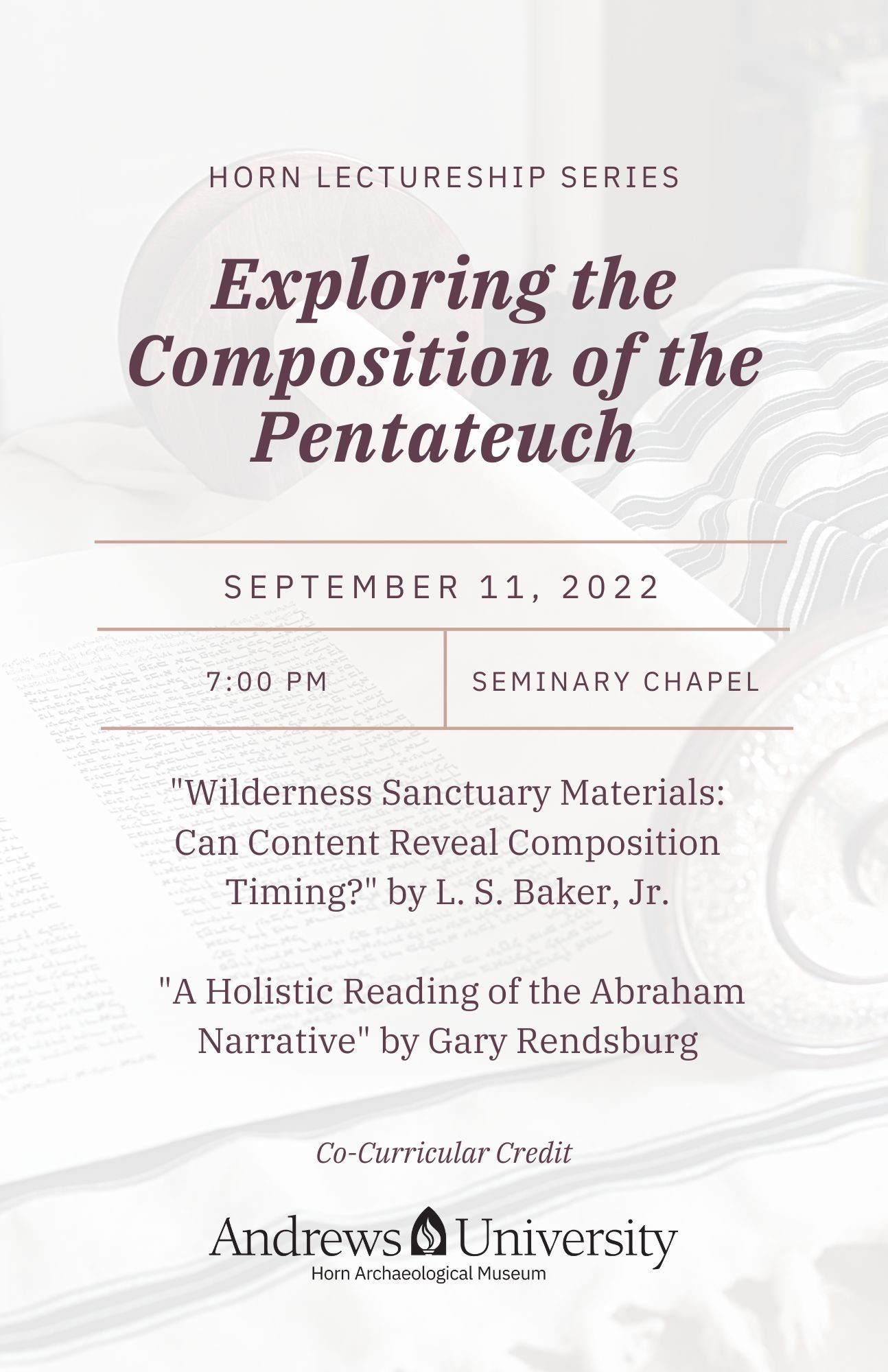A Polyphonic view of the Pentateuch: The GĒR as a Case Study
Presentation Abstract
Since the work of Alfred Bertholet in 1896, critical scholarship on the gēr legislation has had two main approaches: First, as part of the historical-critical tradition of Wellhausen, several studies on the gēr have been developed trough a diachronic study of the text with the intent to hypothetically reconstruct the history of the production of the legislation by identifying their different sources. Secondly, another group of studies are more interested with the Sitz im Leben or sociological setting in which the gēr legislation arises and what its implications are to understand the identity of ancient Israel.
However, apart from their methodologies differences, both approaches share a common general perspective that suggests a movement of the meaning of gēr from a socio- territorial view to a socio-confessional one. Nonetheless, only when this assumed development or trajectory is supported in the gēr legislation in the Pentateuch and seems to be in agreement with shared source opinions is considered a valid representation of its source tradition. There are, however, some instances of the gēr legislation seems to suggest the presence of coexisting views within the same source tradition, as Kenton Sparks proposes for the gēr in Deuteronomy, but they are somehow dismissed because they do not share a similar outlook as proposed for the development of the gēr legislation in the Pentateuch or does not seem to favor the particular historical reconstruction proposed by scholars and therefore should belong to a different source tradition.
Interestingly, a Canonical reading of the legislation of the gēr Pentateuch also seems to suggest this general perspective, while allowing the possibility for the presence of coexisting views, which also experienced change, development and tension in their interrelationship due to different concerns across the Pentateuch, but operating within the same textual tradition.
Perhaps any new development on theories concerning the formation of the Pentateuch should consider the possibility for the presence of coexisting views present within the same tradition.
A Polyphonic view of the Pentateuch: The GĒR as a Case Study
Seminary Chapel
Since the work of Alfred Bertholet in 1896, critical scholarship on the gēr legislation has had two main approaches: First, as part of the historical-critical tradition of Wellhausen, several studies on the gēr have been developed trough a diachronic study of the text with the intent to hypothetically reconstruct the history of the production of the legislation by identifying their different sources. Secondly, another group of studies are more interested with the Sitz im Leben or sociological setting in which the gēr legislation arises and what its implications are to understand the identity of ancient Israel.
However, apart from their methodologies differences, both approaches share a common general perspective that suggests a movement of the meaning of gēr from a socio- territorial view to a socio-confessional one. Nonetheless, only when this assumed development or trajectory is supported in the gēr legislation in the Pentateuch and seems to be in agreement with shared source opinions is considered a valid representation of its source tradition. There are, however, some instances of the gēr legislation seems to suggest the presence of coexisting views within the same source tradition, as Kenton Sparks proposes for the gēr in Deuteronomy, but they are somehow dismissed because they do not share a similar outlook as proposed for the development of the gēr legislation in the Pentateuch or does not seem to favor the particular historical reconstruction proposed by scholars and therefore should belong to a different source tradition.
Interestingly, a Canonical reading of the legislation of the gēr Pentateuch also seems to suggest this general perspective, while allowing the possibility for the presence of coexisting views, which also experienced change, development and tension in their interrelationship due to different concerns across the Pentateuch, but operating within the same textual tradition.
Perhaps any new development on theories concerning the formation of the Pentateuch should consider the possibility for the presence of coexisting views present within the same tradition.



